|
NATIONAL MONUMENT Arizona |
|
||
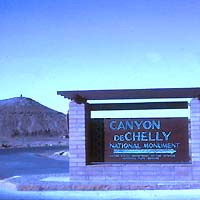 |
|
||
|
|
|
||
|
administered by National Park Service |
|
|
NATIONAL MONUMENT Arizona |
|
||
 |
|
||
|
|
|
||
|
administered by National Park Service |
|
|
NATIONAL MONUMENT Arizona |
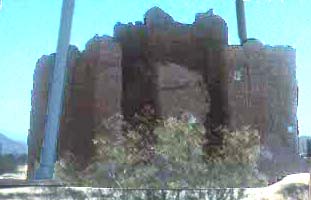 |
 |
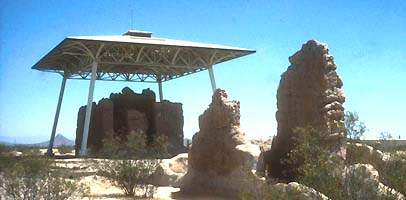 |
|
|
|
|
administered by National Park Service |
|
|
NATIONAL MONUMENT Arizona |
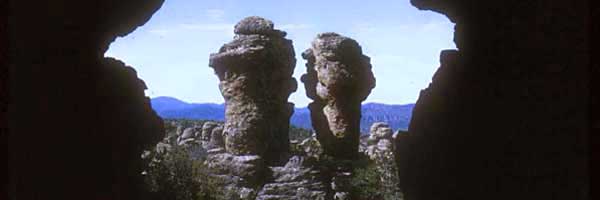 |
||
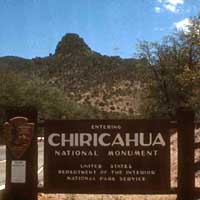 |
|
||
|
|
|
||
|
administered by National Park Service |
|
|
NATIONAL MEMORIAL Arizona |
 |
||
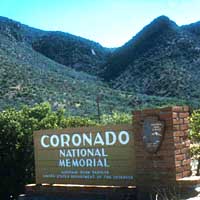 |
|
||
|
|
|
||
|
as International Memorial redesignated 1952 administered by National Park Service |
|
|
NATIONAL HISTORIC SITE Arizona |
 |
||
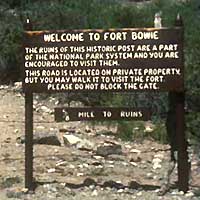 |
|
||
|
|
|
||
|
but formally established 1972 administered by National Park Service |
|
|
NATIONAL PARK Arizona |
 |
||
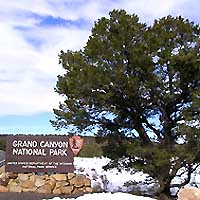 |
|
||
|
|
|
||
|
as forest preserve, then as Nat'l Monument 1908 established as National Park in 1919 administered by National Park Service |
|
||
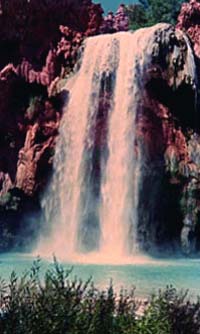 |
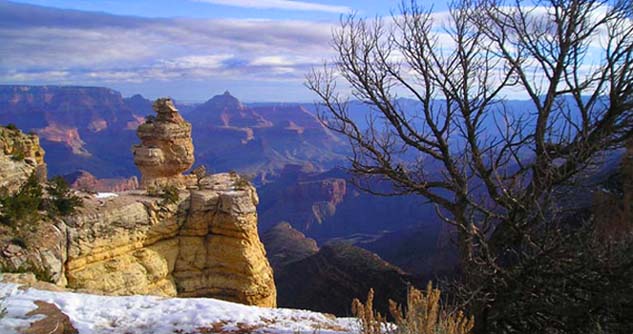 |
|
NATIONAL MONUMENT Arizona |
|
||
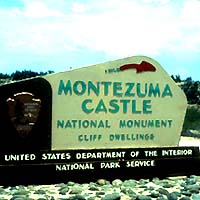 |
 |
||
|
|
|
||
|
administered by National Park Service |
|
More National Parks, Monuments, Battlefields and Historic Sites are arranged geographically by these links:
|
PHOTOS: All photos on this page are © 2004 Don Roberson; all rights reserved.